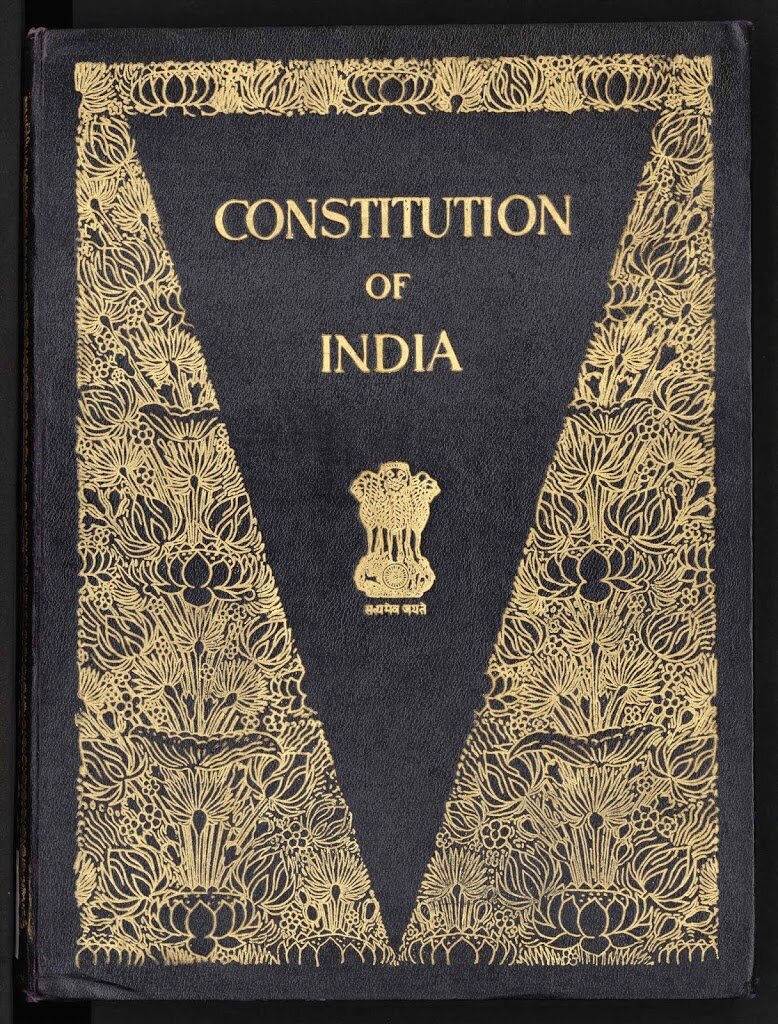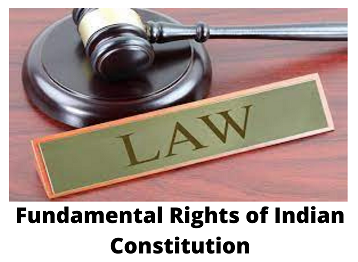Source of Indian Constitution
Approximately 75% of the Constitution can be said to be a reproduction of the Rights of India Act, 1935 with appropriate adaptations and amendments. Regulation of Union-State relations was based largely on the law of 1935, the basic structure of politics and provisions, declaration of emergency, etc.
Apart from the indigenous sources, the Constituent Assembly had several drafts of the first foreign constitutions.Both internal and external hymns have been used in the Indian constitution.
(1)Internal source means: – Acts brought in India during the British Session period were used for peace.
Government of India Act 1935
- Out of 395 articles, 250 articles have been taken from the same governing act.
- Judiciary
- Accountant General Controller Testing
- Public Service Commission
(2)External source means: – Derived from the constitution of different countries.
From the UK :-
- Signal Head – President (Like Queen)
- Cabinet system of ministers
- Prime Minister’s post
- Parliamentary Type of Government
- Bicameral parliament
- Lower house is more powerful
- Council of Ministers of the lower house responsible
- Speaker in Lok Sabha
- Single citizenship
From the United States
- Written constitution
- The executive head of the state is known as the president and is the supreme commander of the armed forces.
- The President as the ex-officio President of the Deputy Rajya Sabha
- Fundamental Rights
- High court
- Provision of states
- Independence of judiciary and judicial review
- Preface
- End of Supreme Court and High Court Judges
From the then Soviet Union
- Fundamental Duties
- Five yearly plan
From Australia
- Concurrent list
- Preface language
- Provisions regarding trade, commerce and intercourse
From France
- Equality, Freedom, Fraternity and Republic
From Japan
- The highest court of law acts.
From the Weimar Constitution of Germany
- Suspension of Fundamental Rights during Emergency
From South Africa
- Constitutional amendment process
From Canada
- Union plan with a strong center
- Distribution of rights between the Center and the States and keeping the residual rights with the Center.
From Ireland
- Concept of Directive Principles of State Policy. (Ireland has borrowed from Spain)
- Law of election of president
- Nomination of members in Rajya Sabha by President



